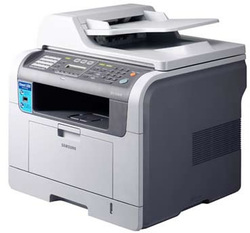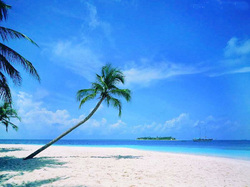
In recent years, the prices of laser printing have dropped dramatically. Laser printing operates differently compared to standard ink cartridge printing. Laser printing scans an image then transfers it electrostatically. Then, the laser will use heat to fuse tiny specs of toner dust onto a piece of paper.
While a much different method of printing, laser printing also has beneficiaries to the innovation. Comparing the use of ink and laser printing, laser printing cartridges can print in the region of 1500-3500 pages. Despite being more expensive than ink cartridges (£70 compared to £30 for ink), ink cartridges generally only ma nage in the region of 200 pages. So it would take at least 8 cartridges to match the capabilities of 1 laser cartridge while also being substantially cost effective. Monochrome models are generally more expensive than ink printers however laser cartridges are far more cost effective. 1 laser cartridge can match 8 ink cartridges. Totalling the cost of a laser printer and laser cartridge compared to an ink printer and 8 ink cartridges, laser printing is cost effective and gives value for money.
Guaranteeing savings across the board, laser printing is also of the highest printing standard. The drop in price of laser printing favours laser printing drastically and it comes highly recommended for longevity as well as being cost effective. For more regarding print and education publishing you can contact the HPM Group.
While a much different method of printing, laser printing also has beneficiaries to the innovation. Comparing the use of ink and laser printing, laser printing cartridges can print in the region of 1500-3500 pages. Despite being more expensive than ink cartridges (£70 compared to £30 for ink), ink cartridges generally only ma nage in the region of 200 pages. So it would take at least 8 cartridges to match the capabilities of 1 laser cartridge while also being substantially cost effective. Monochrome models are generally more expensive than ink printers however laser cartridges are far more cost effective. 1 laser cartridge can match 8 ink cartridges. Totalling the cost of a laser printer and laser cartridge compared to an ink printer and 8 ink cartridges, laser printing is cost effective and gives value for money.
Guaranteeing savings across the board, laser printing is also of the highest printing standard. The drop in price of laser printing favours laser printing drastically and it comes highly recommended for longevity as well as being cost effective. For more regarding print and education publishing you can contact the HPM Group.

 RSS Feed
RSS Feed
